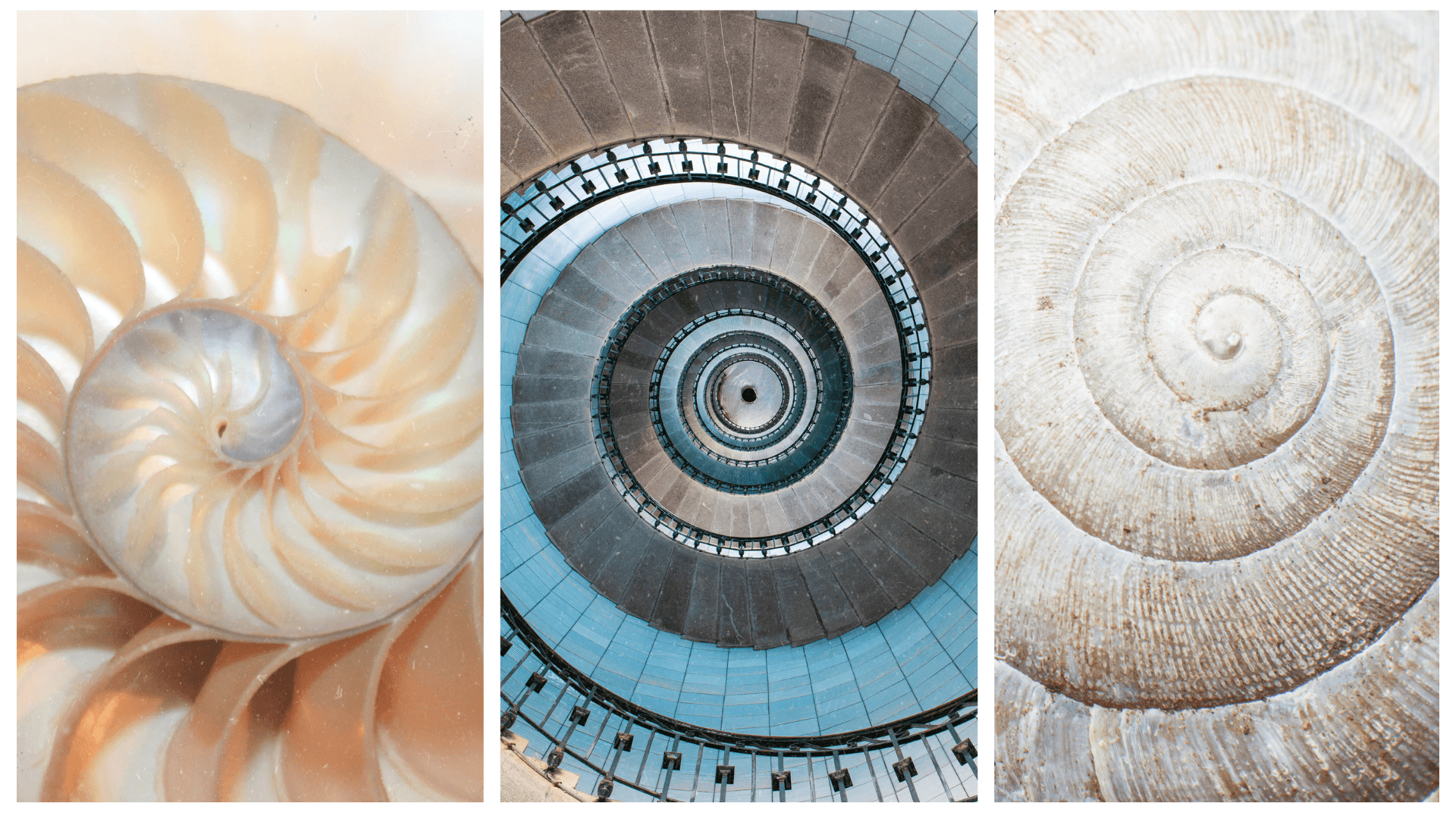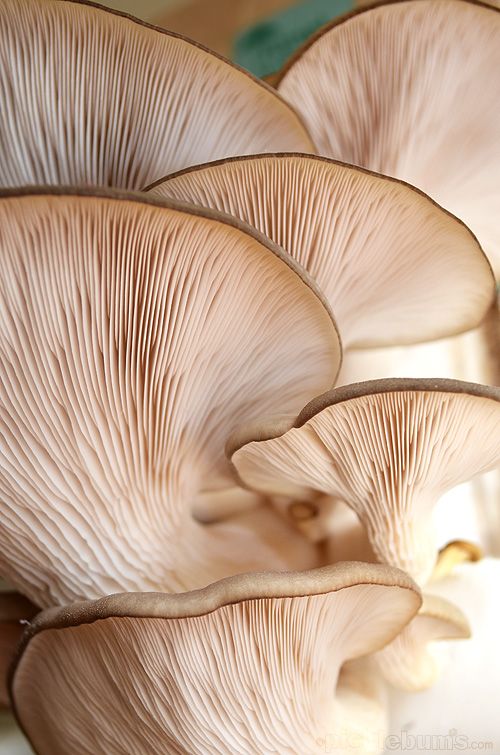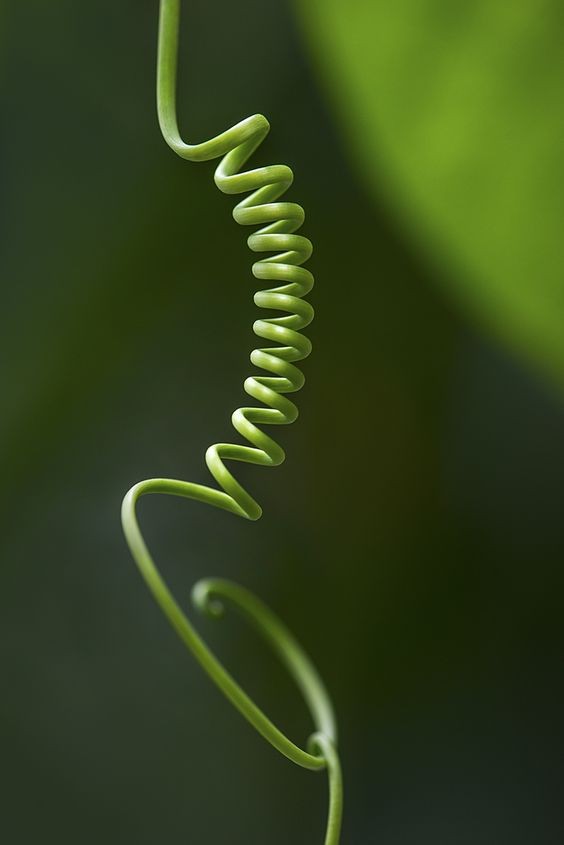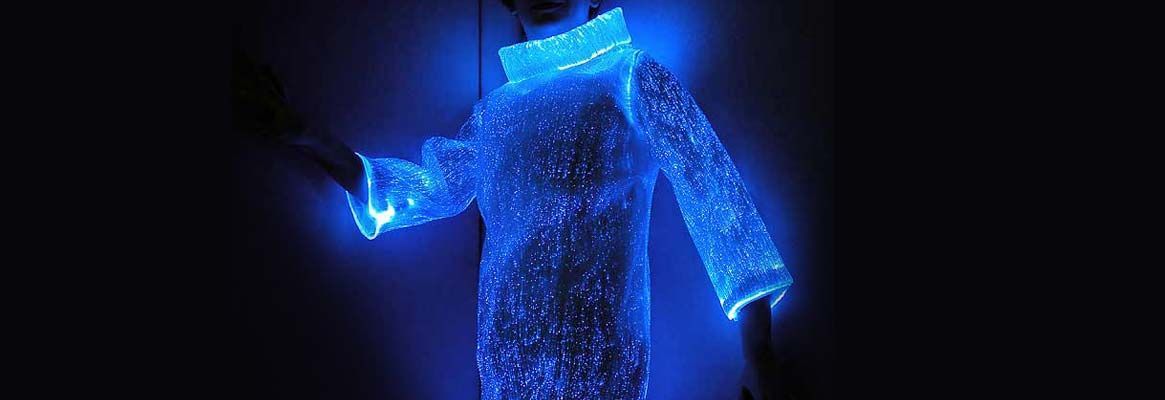Imagine an early morning stroll through a forest—the way the dappled sunlight filters through the leaves, the symphony of birdsong, the earthy aroma that fills your lungs. These sensory delights aren't just pleasant; they resonate deeply within us, awakening a connection forged over millennia. This relationship with nature is at the heart of biophilia.
From the Wilderness to Our Walls
The term "biophilia" might sound like something out of a sci-fi novel, but it's grounded in a concept that's as old as humanity itself. Biologist E.O. Wilson introduced this term in his 1984 book, proposing that we humans are innately drawn to nature because it's encoded in our DNA. Picture our ancestors, their survival hinging on an intimate knowledge of their natural surroundings—knowing which berries were safe to eat, where to find water, or understanding the weather’s whims.
Stephen Kellert, an authority on biophilic design, takes Wilson's concept further by suggesting that our well-being relies on this fundamental connection to nature. It’s not just about the love of green spaces; it’s about our emotional, cognitive, and even spiritual health. Think of biophilia as nature’s gift to humanity, a hidden gem waiting to be polished.
Reconnecting Through Design
In today's concrete jungles, biophilic design emerges as a hero, urging us to bring the outdoors in. It's the philosophy behind circadian cycle lamps that mimic natural light patterns, or furniture that feels as inviting as a nook in a sunlit forest. These designs aren't just aesthetic choices; they're about re-establishing our lost connections with the natural world.
Here's a little story to highlight this: Imagine stepping into a friend's living room. The chairs and tables are crafted from reclaimed wood, their grains telling tales of ancient trees. Warm, amber light from circadian lamps bathes the room, aligning perfectly with the setting sun outside. You feel an unbidden sense of calm and comfort, as if transported to a serene woodland, far removed from the city's clamor. That’s biophilic design at work.
Our Deep-Rooted Instincts
To truly grasp biophilia, consider a compelling study by psychologist Arne Öhman. Participants who viewed images of snakes and spiders—ancient threats to our ancestors—showed heightened responses compared to modern threats like guns or exposed wire. This visceral reaction underscores our evolutionary hardwiring, a testament to biophilia's deep roots.
As we peel back the layers of biophilia, we're not just uncovering an academic theory but reclaiming a part of our ancient selves. Next up, we'll dive into the principles and benefits of biophilic design, and how this reconnects us to the natural rhythms we've lost.
Read more





